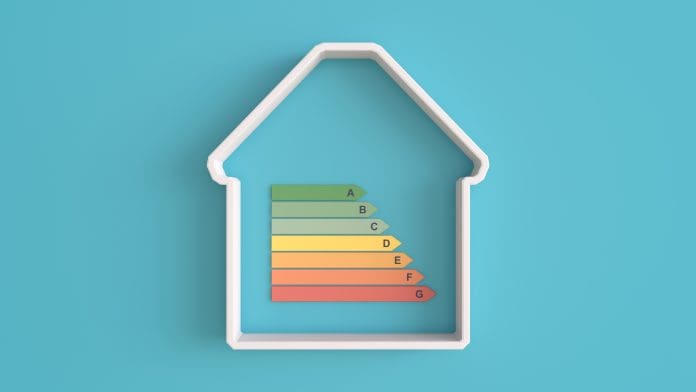Will Bown, managing director of SuperFOIL, examines government proposals for the Future Homes Standard, and what they mean for the country
The Future Homes Standard is utterly unsuited to the scale of the challenge this industry faces.
That was my immediate reaction to the 36,000-word consultation document finally released on December 13th.
After a string of reversals on government sustainability policy, I wasn’t expecting much from the long-awaited standard.
However, even I didn’t think it would entirely abandon the concept of fabric first – which, in the words of the Passivhaus Trust, “is the only practical way to achieve zero carbon homes”.
Under the proposed measures, required U-Values and building fabric standards won’t change at all.
Rather than focusing on increasing energy efficiency, they suggest a combination of heat pumps, greener electricity and solar panels will achieve the emission reductions needed.
In other words – homes will continue to be leaky and inefficient, but the energy we’re wasting will at least be green.
Kicking the can down the road
From a perspective, it’s incredibly short-sighted. Sustainability isn’t just about electricity. Solar panels might produce clean energy, but manufacturing and transporting them still uses fossil fuels.
It would be much better to insulate homes properly and need less energy overall, than build thousands of wind turbines we wouldn’t otherwise need.
It will take radical measures to help make Britain’s housing stock fit for a net zero future.
Instead, the new regulations will be less strict than some current ones.
With one eye on next year’s election, the government has clearly kicked the can down the road.
Insulation is vital
In 2018, the built environment was responsible for half the world’s final energy use, and 40% of all emissions.
The UK Green Building Council calculates Britain’s total carbon footprint as being 831 million metric tons of carbon dioxide equivalent.
Of that, 349m metric tons come from the built environment, and 139 million from operational energy use, including heating.
The government claims that the Future Homes Standard will help reduce the average newbuild’s carbon emissions by up to 80%.
However, as we’ve touched on already, this will hinge on a large-scale switch to green energy in the UK.
Given ministers have been more than happy to approve new oil and gas drilling projects in the North Sea, I’m sceptical of how quickly the promised green energy revolution will arrive.
In my view, for the UK to have any hope of reaching its ambitious target of net zero by 2050, fabric will have to be a major focus.
The newbuilds of the future will need to offer much lower thermal conductivity, optimised solar gain and natural ventilation.
But more than anything, they’ll have to offer significantly improved insulation.
Homes fit for the future
In my view, the Future Homes Standard won’t deliver the drastic carbon reductions we need.
In the years ahead, I fully expect this subject to be revisited – and for ministers to introduce the more sweeping measures we really need.
When we do, suppliers, developers, and businesses throughout the supply chain can start working to achieve homes fit for a net zero future – and help rapidly decarbonise Britain’s built environment in the process.














